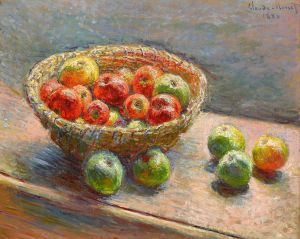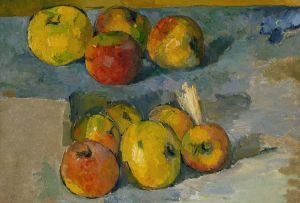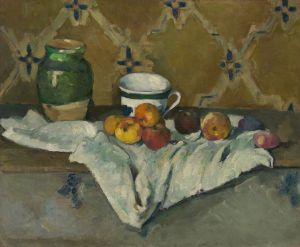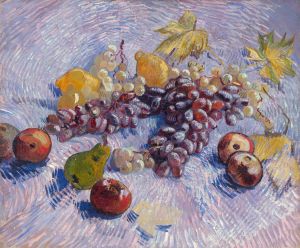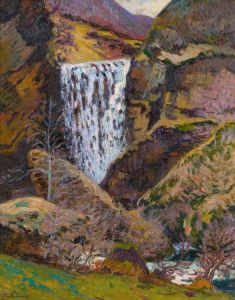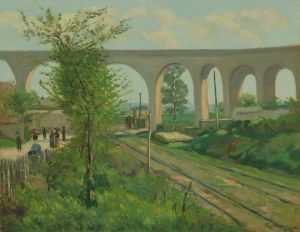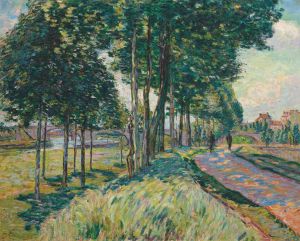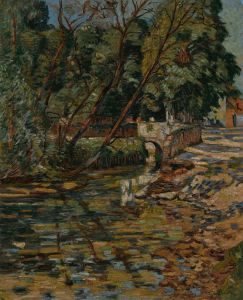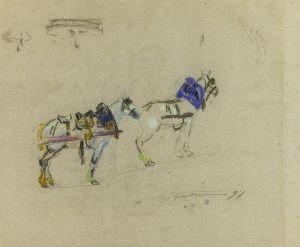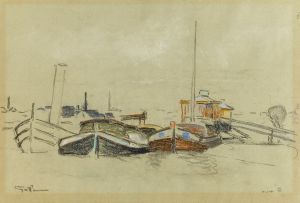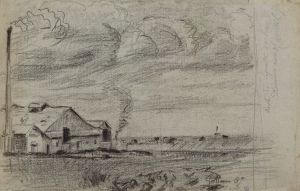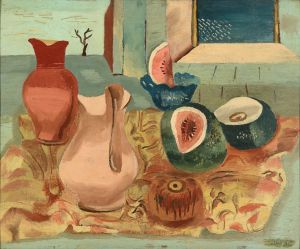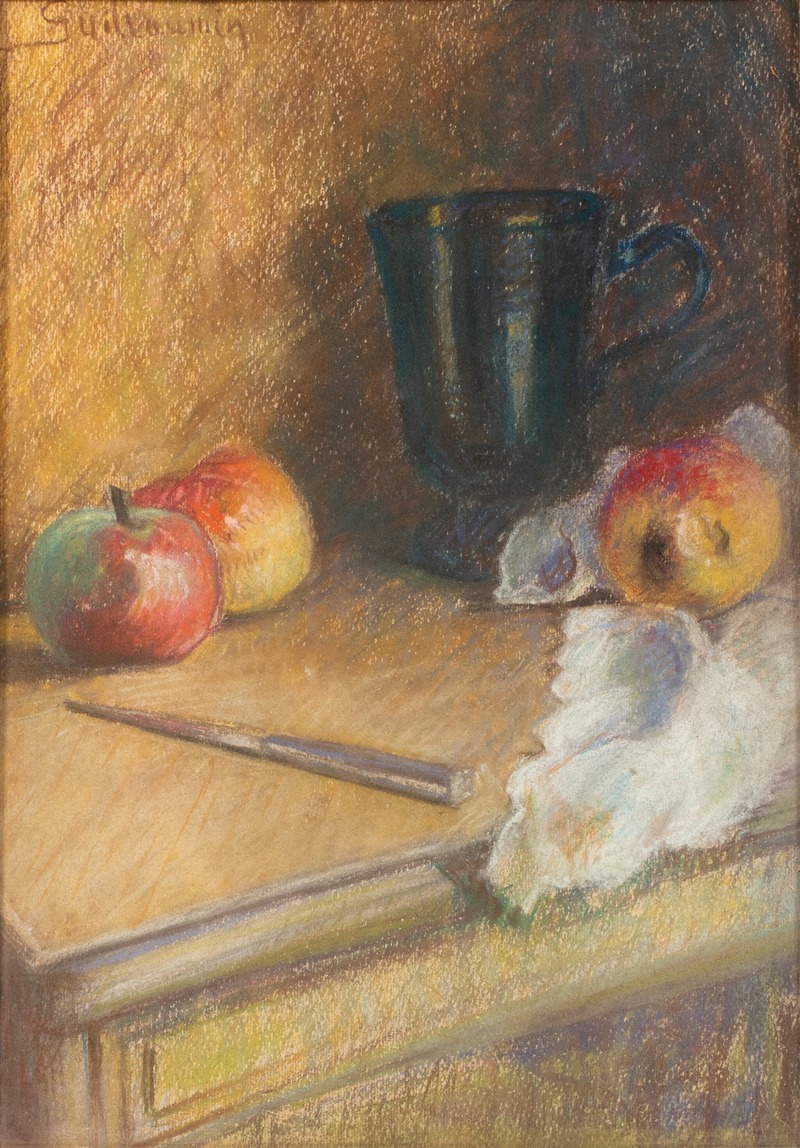
Nature morte aux pommes
A hand-painted replica of Armand Guillaumin’s masterpiece Nature morte aux pommes, meticulously crafted by professional artists to capture the true essence of the original. Each piece is created with museum-quality canvas and rare mineral pigments, carefully painted by experienced artists with delicate brushstrokes and rich, layered colors to perfectly recreate the texture of the original artwork. Unlike machine-printed reproductions, this hand-painted version brings the painting to life, infused with the artist’s emotions and skill in every stroke. Whether for personal collection or home decoration, it instantly elevates the artistic atmosphere of any space.
"Nature morte aux pommes" (Still Life with Apples) is a painting by the French artist Armand Guillaumin, a notable figure associated with the Impressionist movement. Guillaumin was born on February 16, 1841, in Paris, France, and he became known for his vibrant use of color and his landscapes, although he also produced still lifes such as this one.
Guillaumin's career began in earnest when he attended the Académie Suisse in Paris, where he met and befriended several other artists who would become prominent Impressionists, including Paul Cézanne and Camille Pissarro. These relationships were pivotal in his development as an artist, as they were part of a group that challenged the traditional approaches to painting and sought to capture the effects of light and color in innovative ways.
"Nature morte aux pommes" exemplifies Guillaumin's skill in using color to bring life to his compositions. While specific details about the painting's creation, such as the exact year it was painted, are not widely documented, it is consistent with the style and techniques that Guillaumin employed throughout his career. His still lifes often feature bold, expressive brushwork and a vivid palette, characteristics that align with the broader Impressionist movement's focus on capturing the essence of a subject rather than its precise details.
In this painting, Guillaumin likely employs a range of colors to depict the apples, using contrasting hues to highlight their form and texture. The composition is typically simple, focusing on the arrangement of the apples to create a sense of balance and harmony. This approach allows the viewer to appreciate the interplay of light and shadow, a hallmark of Impressionist art.
Guillaumin's work, including "Nature morte aux pommes," was part of the broader Impressionist exhibitions that took place in Paris during the late 19th century. These exhibitions were crucial in establishing the movement's reputation and in challenging the dominance of the traditional Salon exhibitions. Although Guillaumin did not achieve the same level of fame as some of his contemporaries during his lifetime, his contributions to the movement have been increasingly recognized in the years since his death on June 26, 1927.
Today, Guillaumin's paintings are appreciated for their vibrant color schemes and dynamic compositions. "Nature morte aux pommes" is an example of how he applied the principles of Impressionism to still life, a genre that allowed him to explore the subtleties of color and form in a controlled setting. His works are held in various collections around the world, contributing to the understanding and appreciation of the Impressionist movement as a whole.
In summary, "Nature morte aux pommes" by Armand Guillaumin is a testament to the artist's ability to infuse everyday subjects with a sense of vitality and color. Through his innovative use of paint and his commitment to capturing the transient effects of light, Guillaumin has secured his place in the history of art as a significant, if sometimes overlooked, figure within the Impressionist movement.





